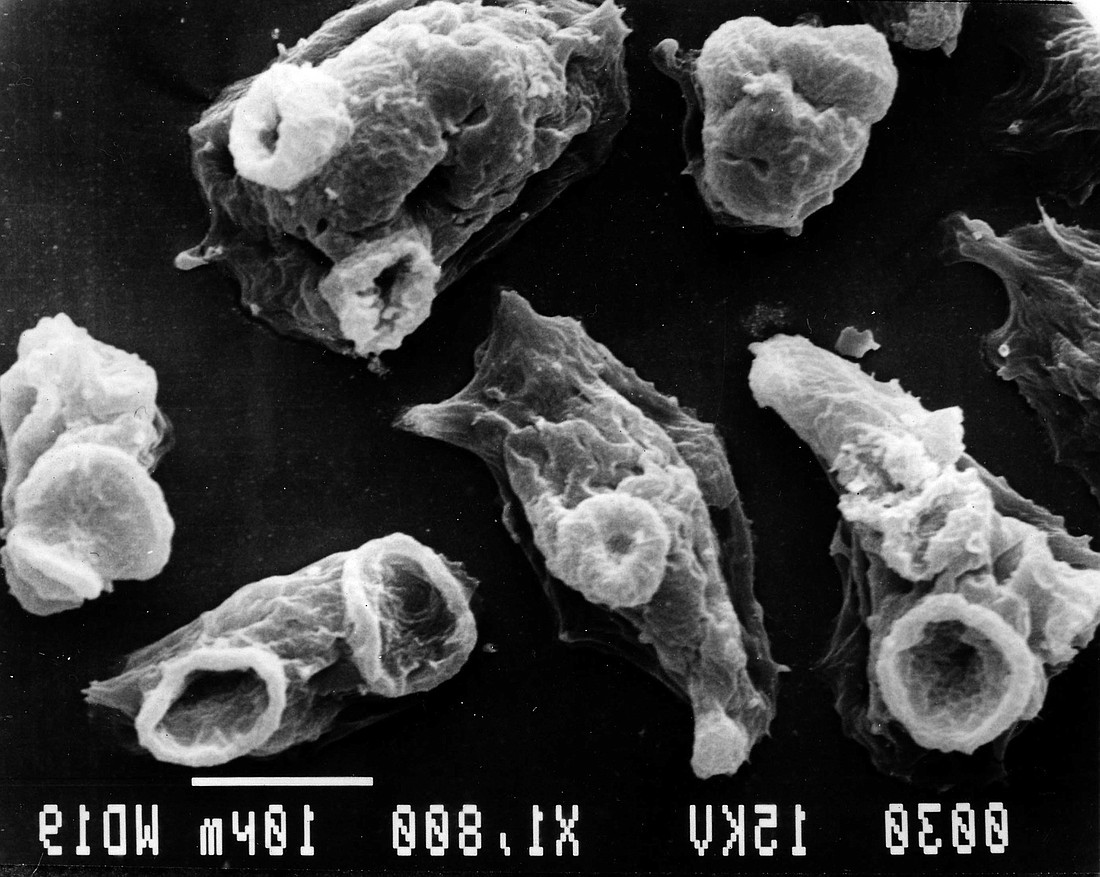- April 16, 2024
-
-
Loading

Loading

ORANGE COUNTY – To prevent more infections of the rare but highly fatal brain-eating parasite named Naegleria Fowleri, biology experts ask residents to be particularly cautious in post-hurricane Irma conditions.
Naegleria Fowleri, an amoeba known to inhabit bodies of warm freshwater remains a constant low-level threat to anyone who chances a swim in Florida’s abundance of warm lakes, rivers and springs.
However, more bodies of freshwater in flooded backyards, inundated pet parks and overflowing retention ponds and lakes left behind by Irma creates more environments for the amoeba to thrive. This includes the many bodies of water in West Orange such as the Butler Chain of Lakes.
“The ameba is found in all types of untreated freshwater bodies — stagnant or otherwise” said Jack Tracy, the epidemiology surveillance specialist at the Florida Department of Health in Orange County. “Recreational water users should assume that there is always a low level of risk associated with entering all warm freshwater.”
Although the amoeba is commonly found worldwide, infection, which causes primary amebic meningoencephalitis, it is fairly rare. Only 143 known cases in the United States were reported from 1962 to 2016, however, of those 143 individuals, only four people survived.
“Prior to 2008, primary amebic meningoencephalitis was not a reportable disease in Florida,” Tracy said. “However, 34 cases have been documented with Florida exposures from 1962 through 2013. Of the 34 cases, 21 were exposed in Central Florida. … All cases died from the disease.”
Exposure to the parasite, which usually occurs when people go swimming in warm freshwater places or even under-chlorinated residential pools, leads to a painful death. The parasite tends to enter the body through the nose and then travels up the nasal passage to the brain where it destroys the brain tissue and often leads to death within one to 12 days after symptoms begin, Tracy said.
“The initial symptoms of PAM start one to seven days (average five days) after swimming or other nasal exposure to Naegleria-containing water,” Tracy said. “The initial signs and symptoms of PAM include headaches, fever, nausea, vomiting and stiff neck. As the amoeba causes more extensive destruction of brain tissue this leads to confusion, lack of attention to people and surroundings, loss of balance and bodily control, seizures and hallucinations.”
Because the symptoms can be confused with other diseases, infection is harder to diagnose, which can be a problem as the disease progresses rapidly. However, for cases that are not diagnosed too late, treatment involving the use of an investigational drug called miltefosine is commercially available.
According to the Centers for Disease Control and Prevention, there have been three patients who survived PAM since 2013 courtesy of the investigational drug, which has been able to kill Naegleria Fowleri in laboratory experiments. But, regardless of recent successes, Tracy advised that everyone take extra precautions when swimming in Florida’s waters.
“If you’re going to swim in untreated freshwater bodies, like rivers, streams, ponds or man-made untreated freshwater bodies, then using nose clips or holding one’s nose closed may help to prevent infection,” Tracy said. “But this is not 100% guaranteed.”